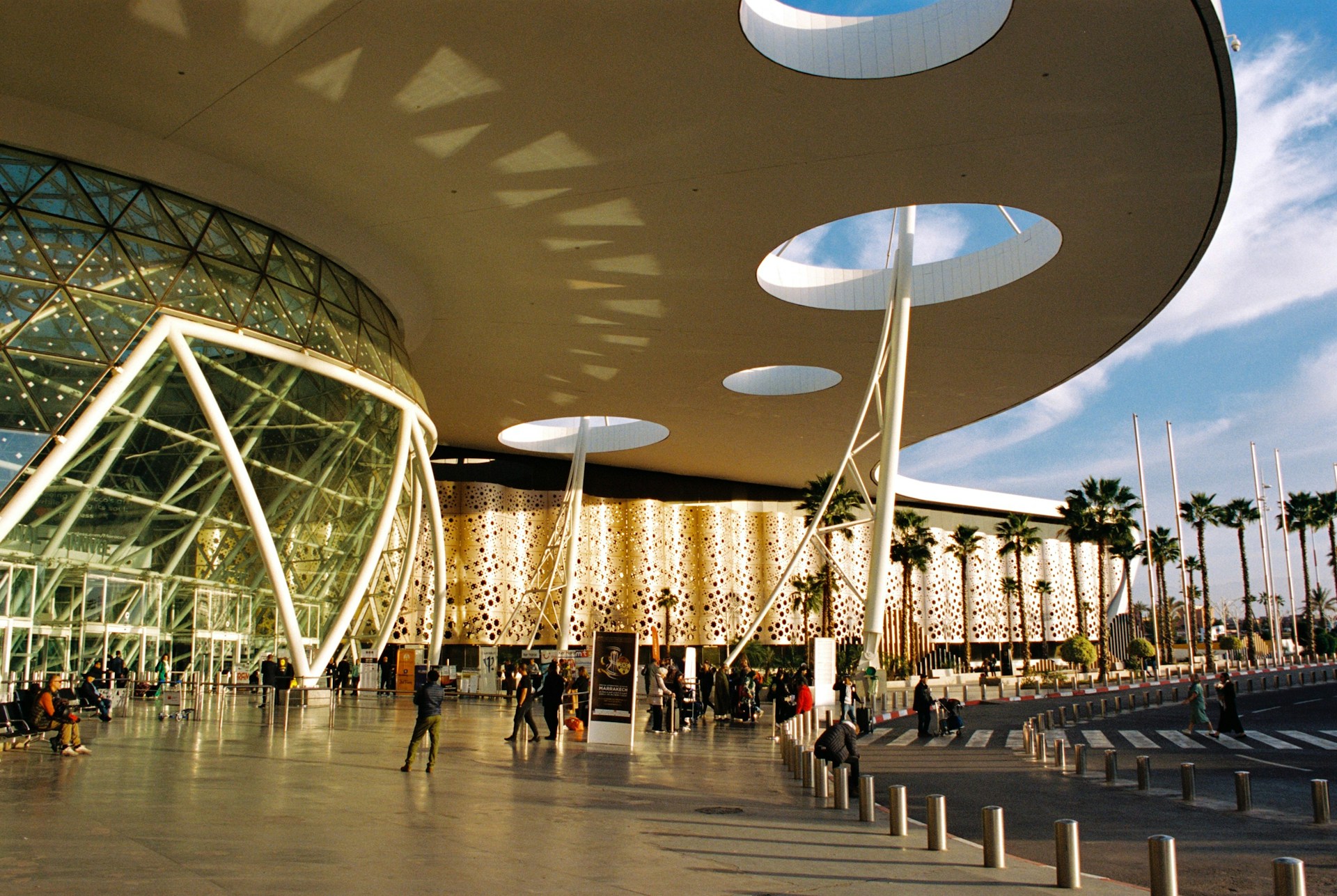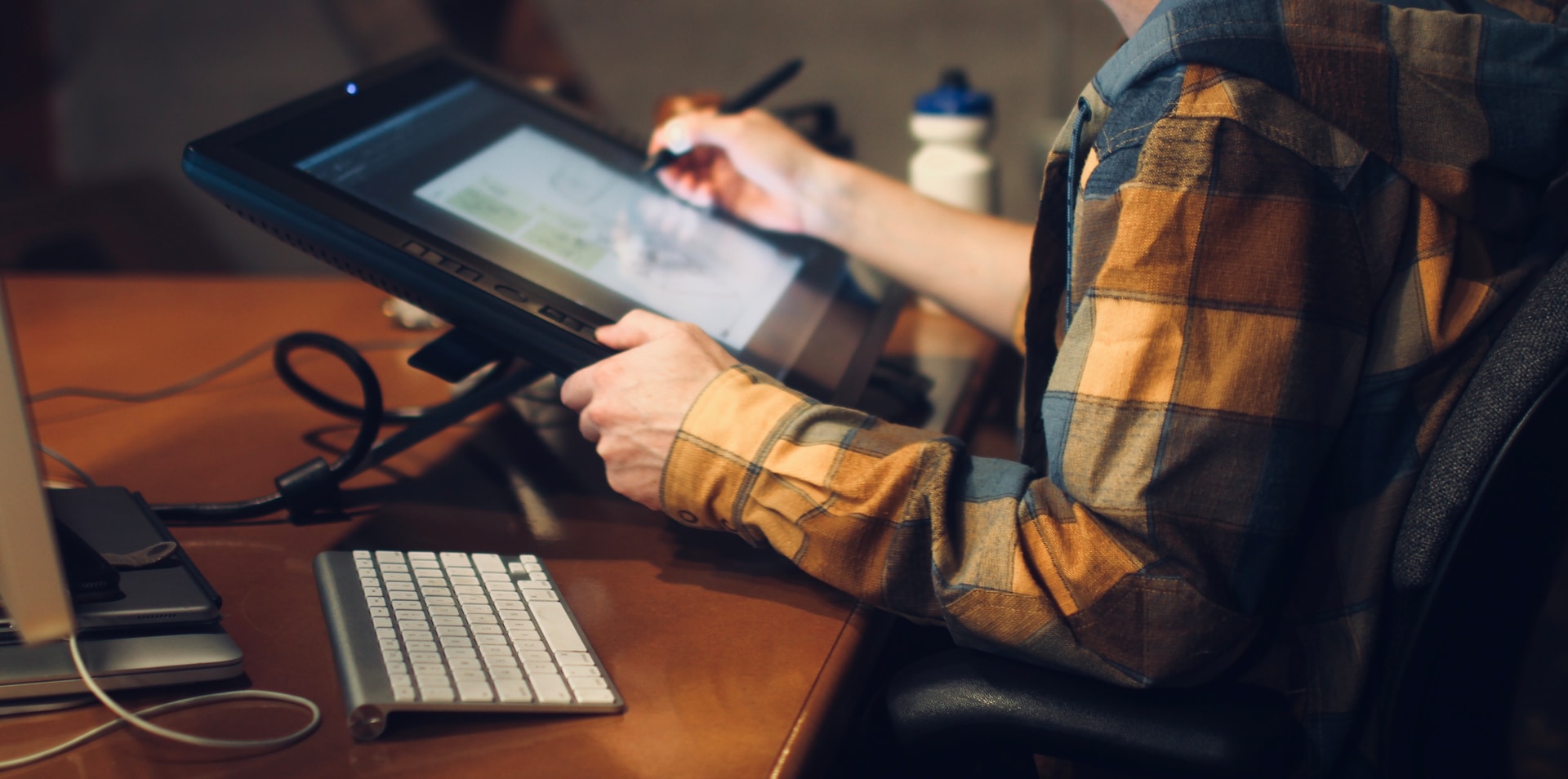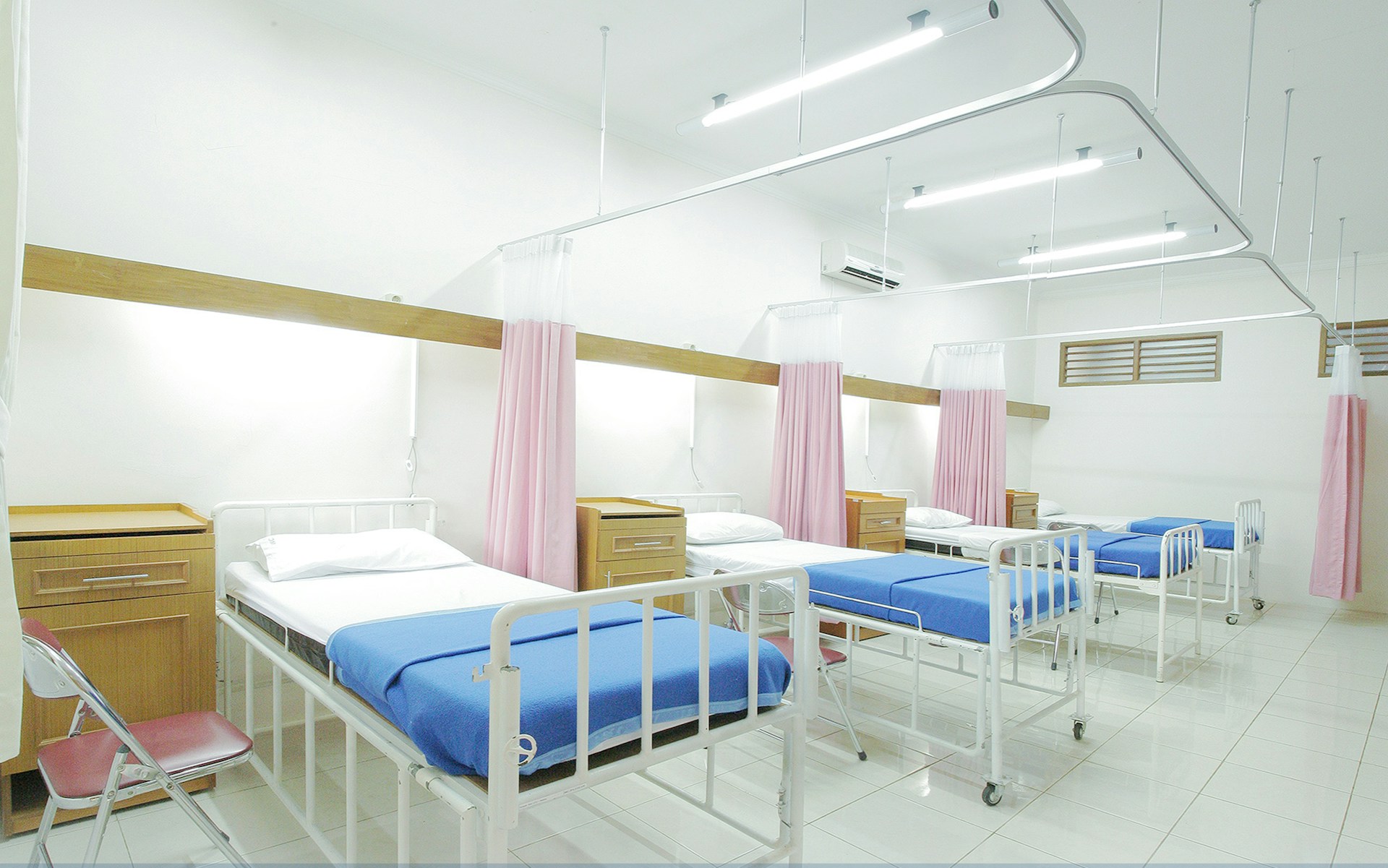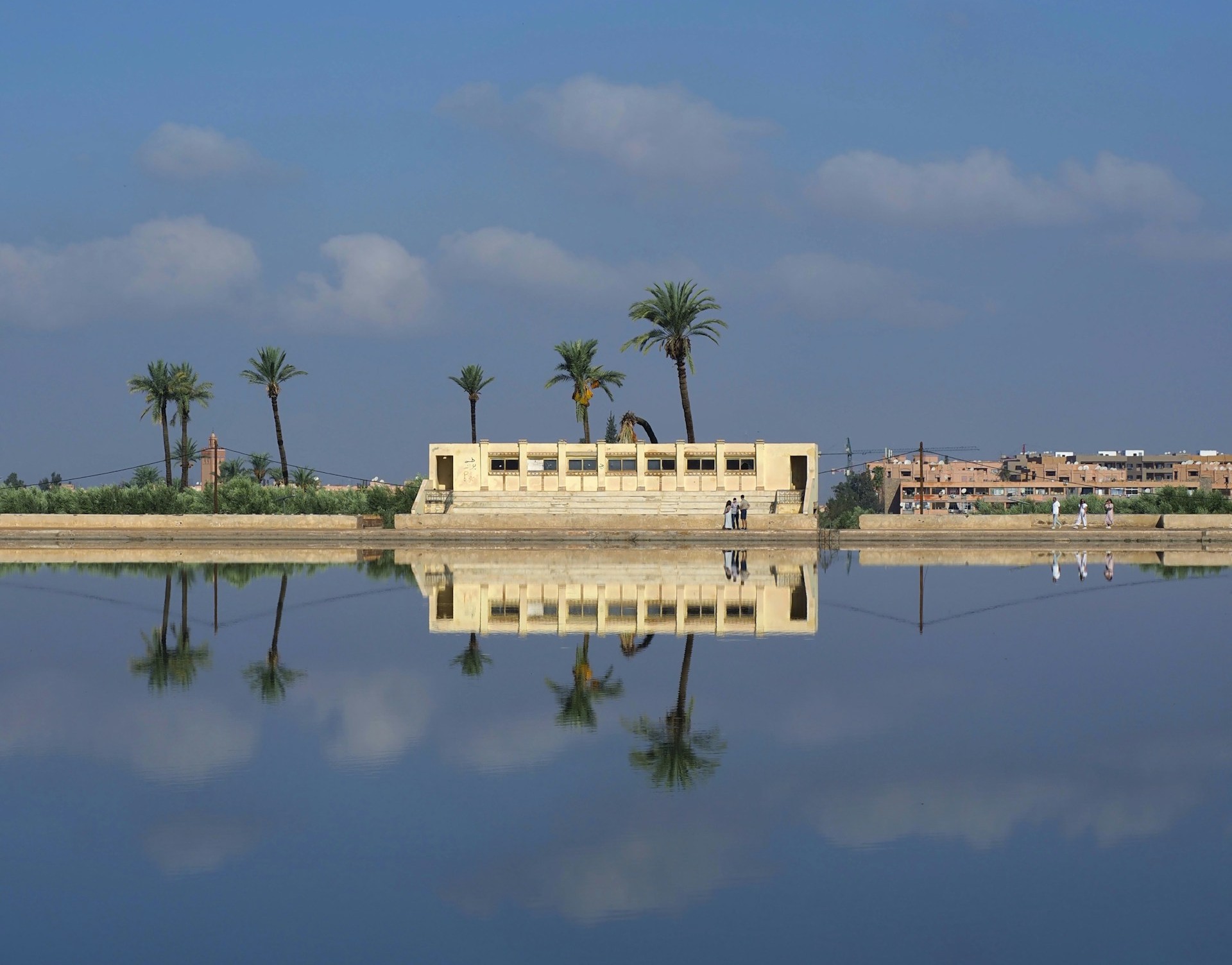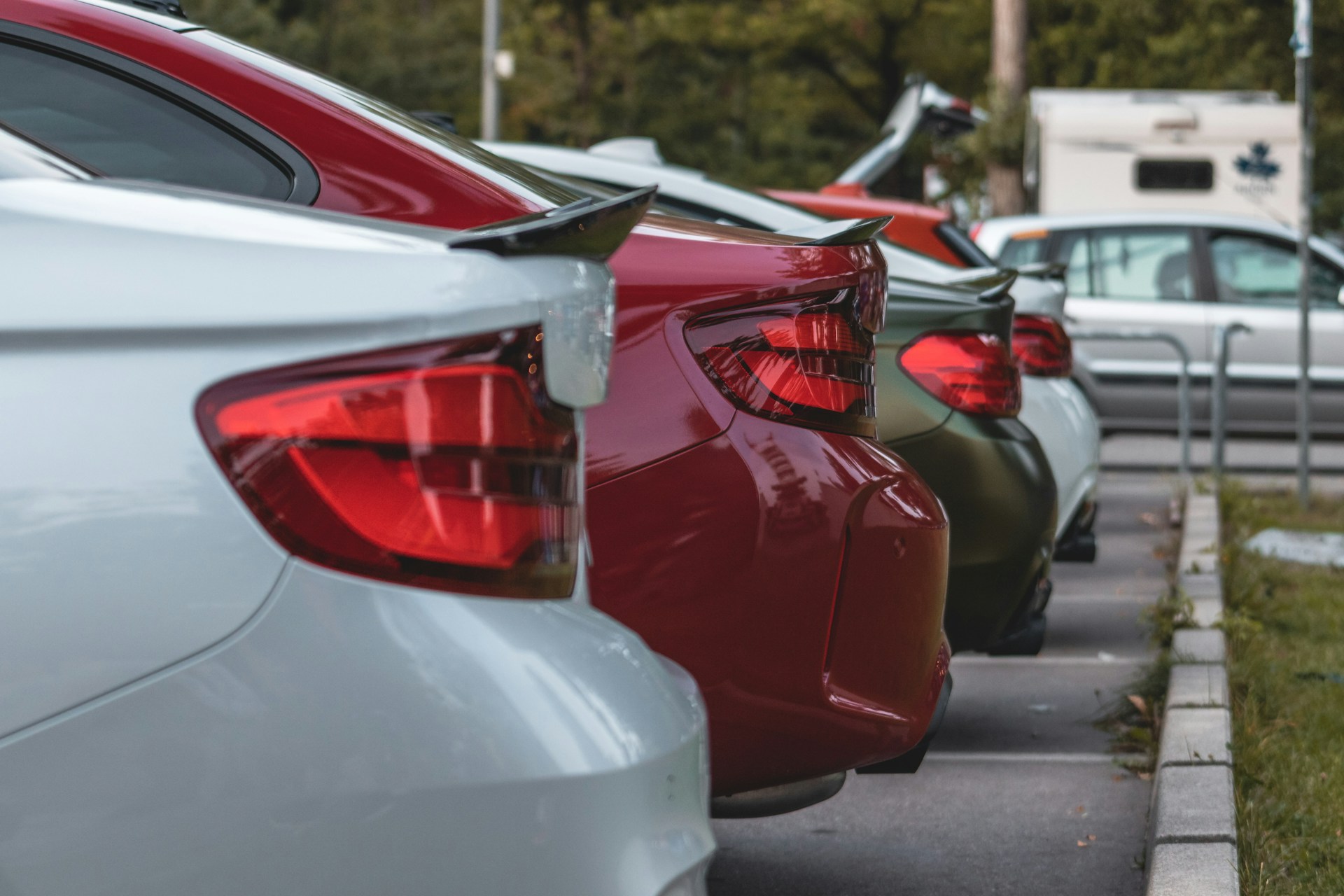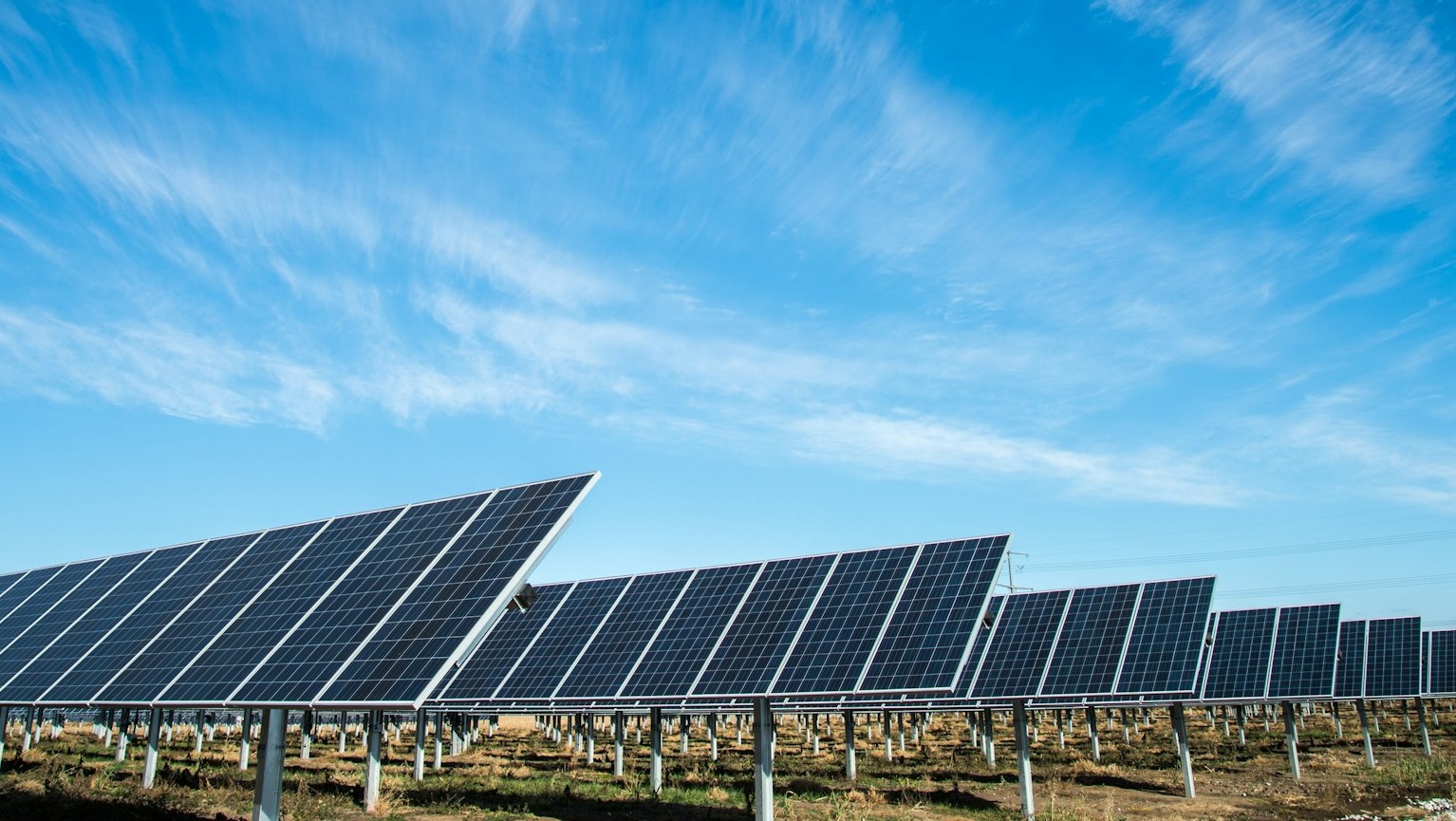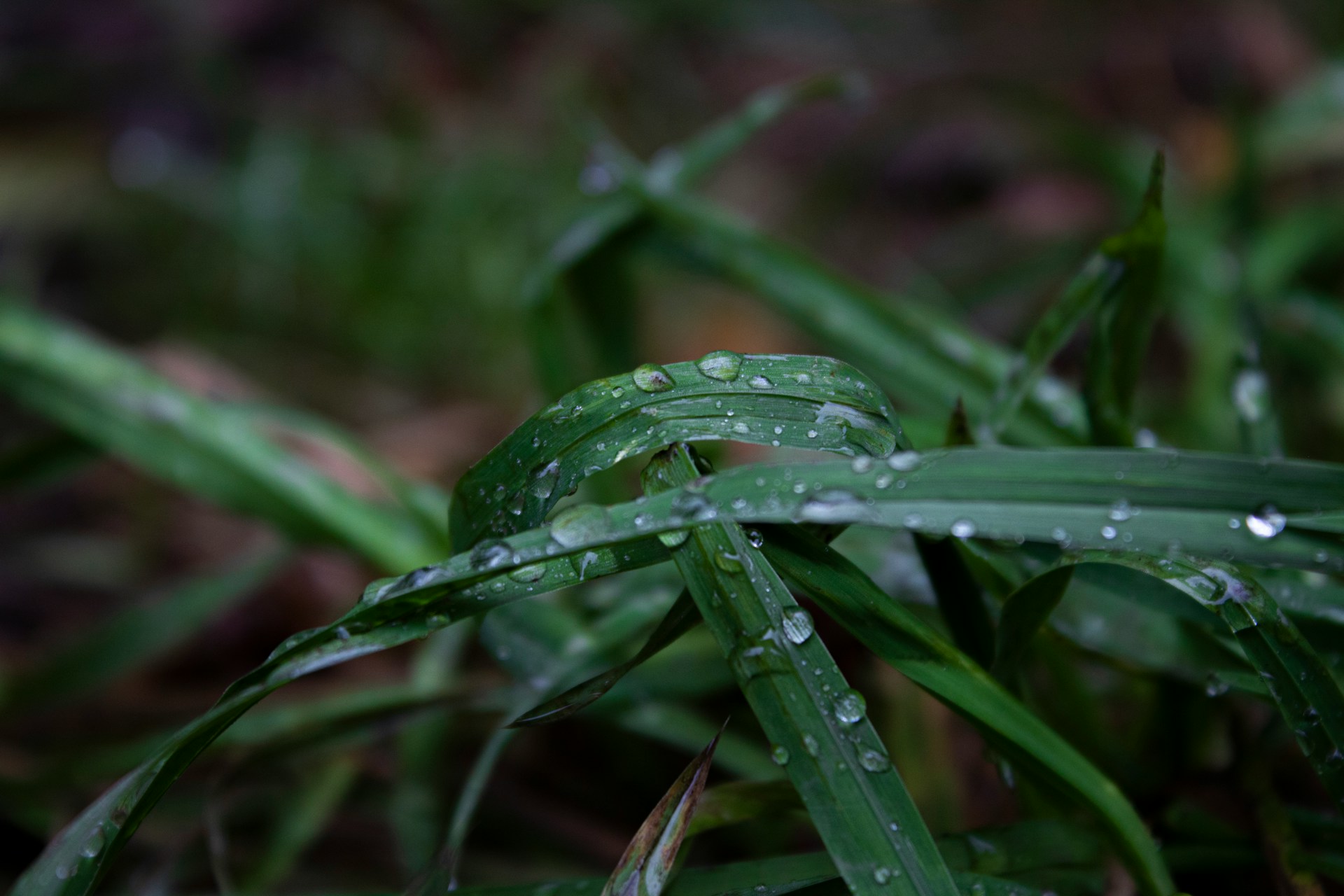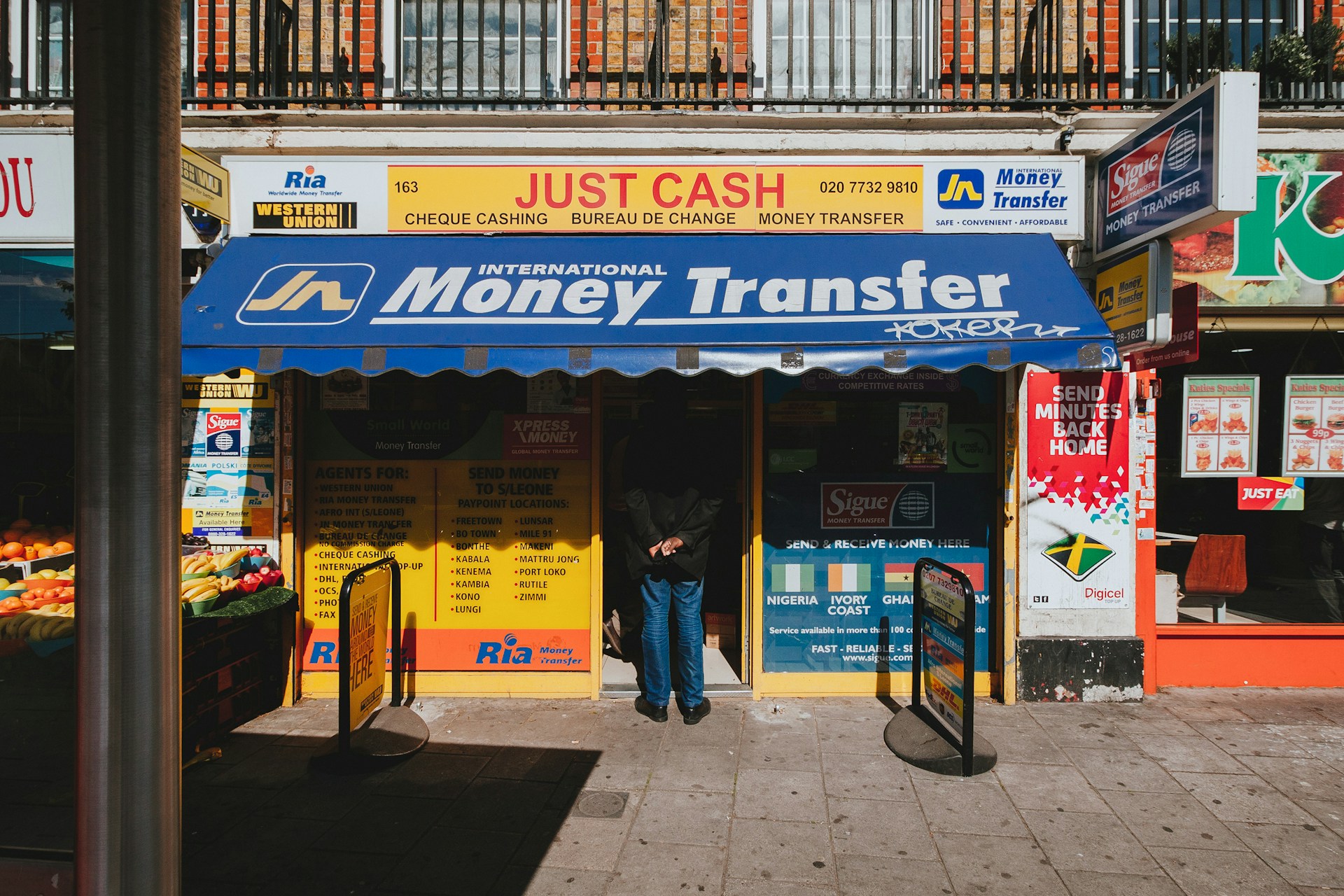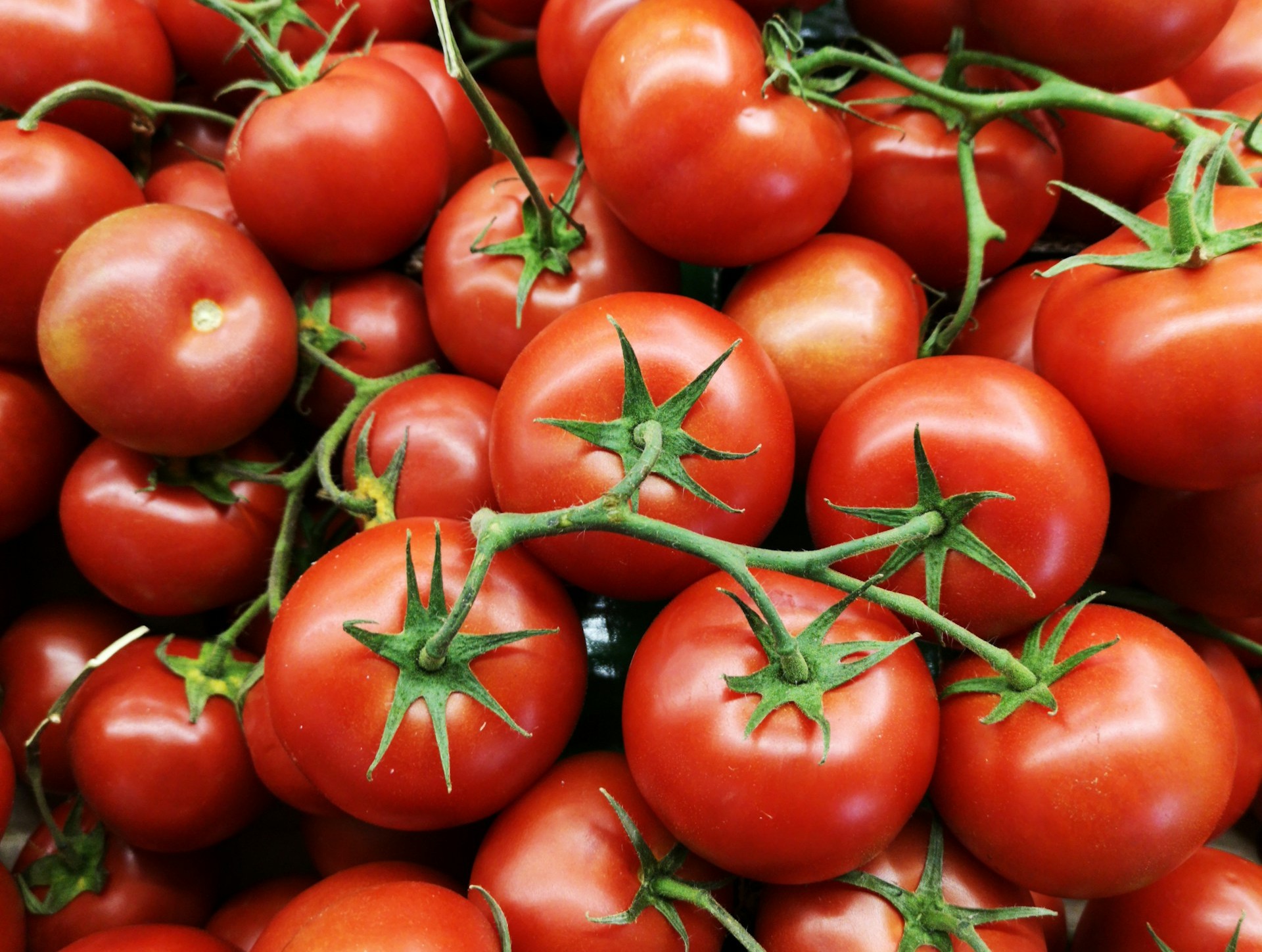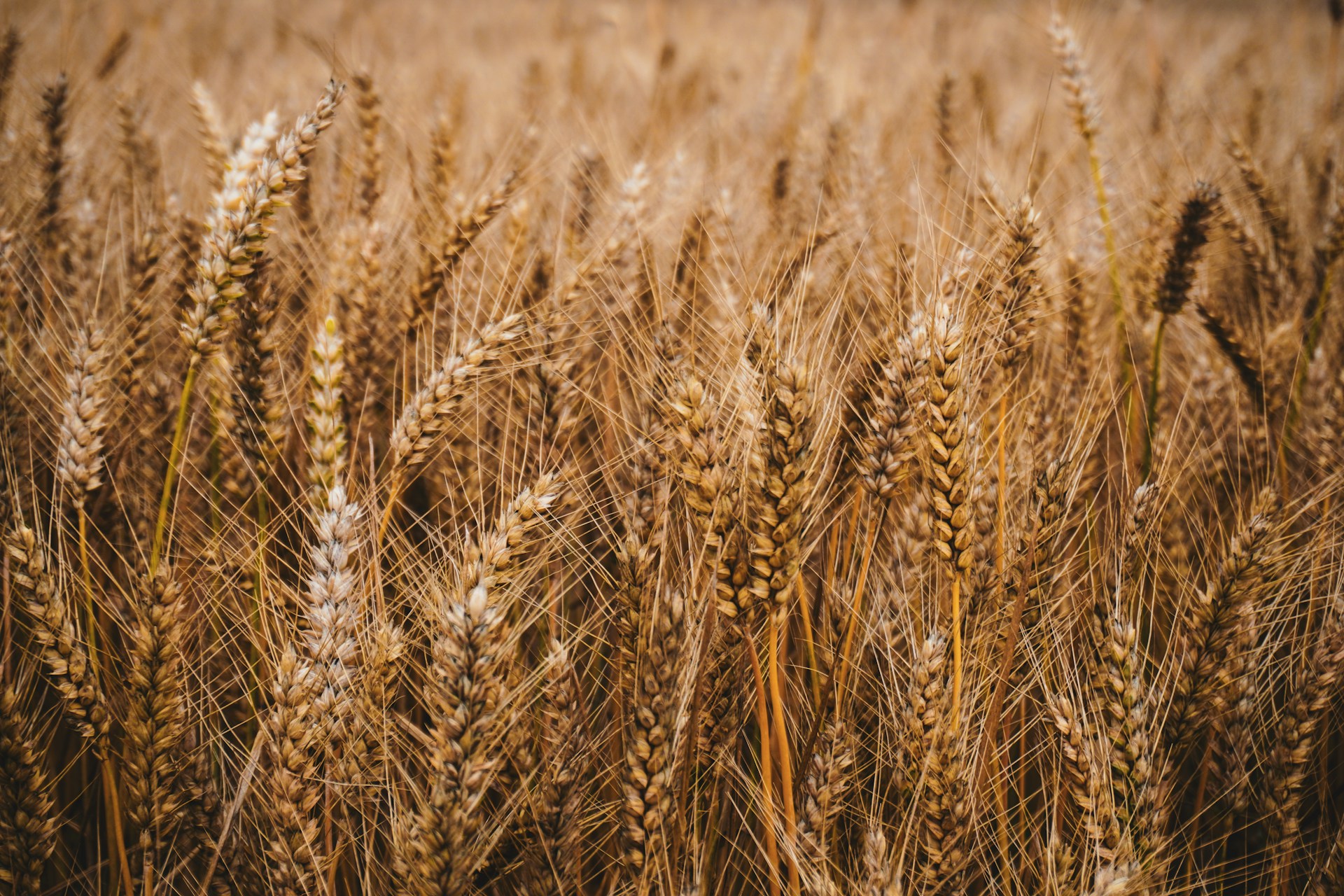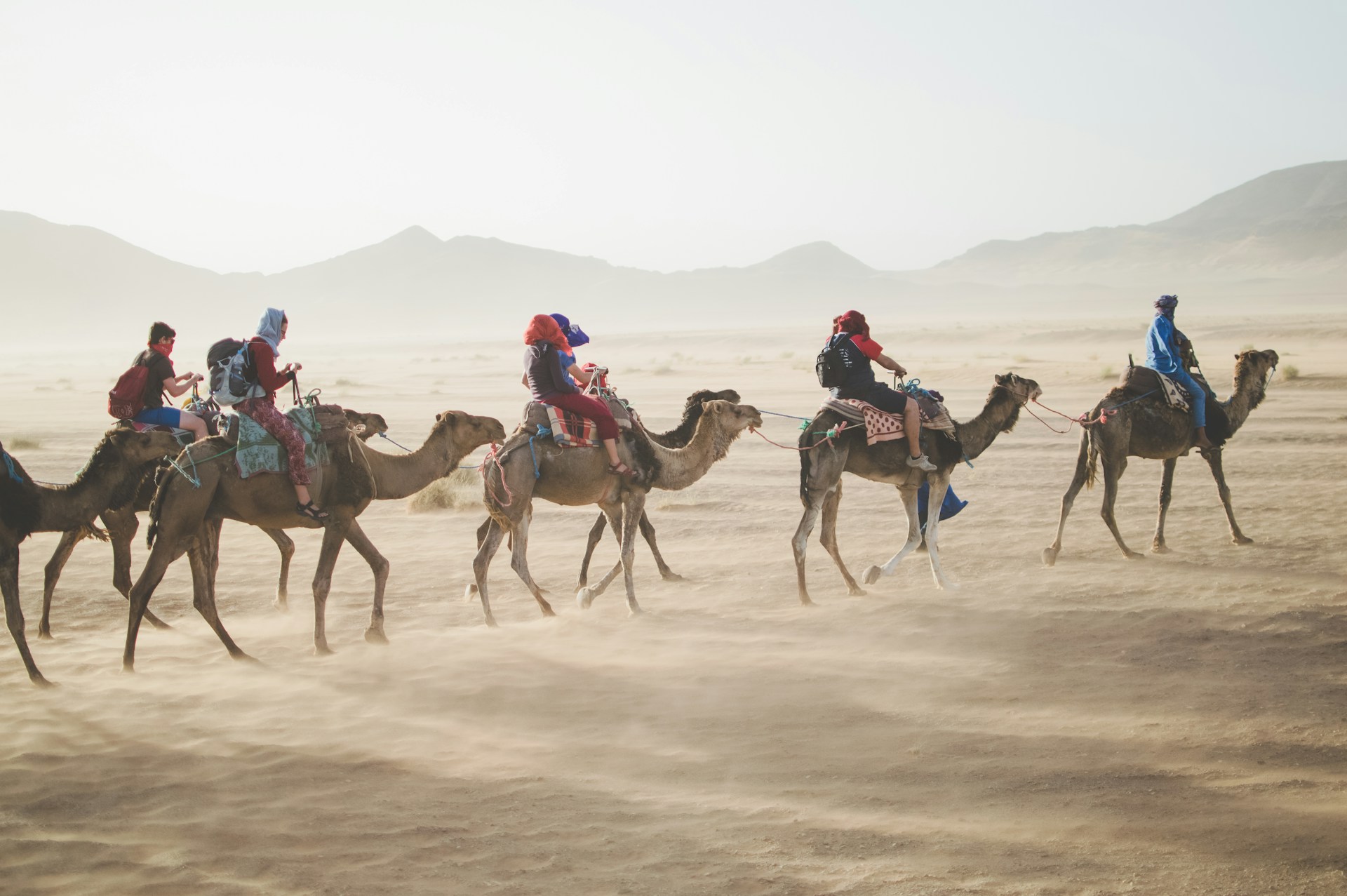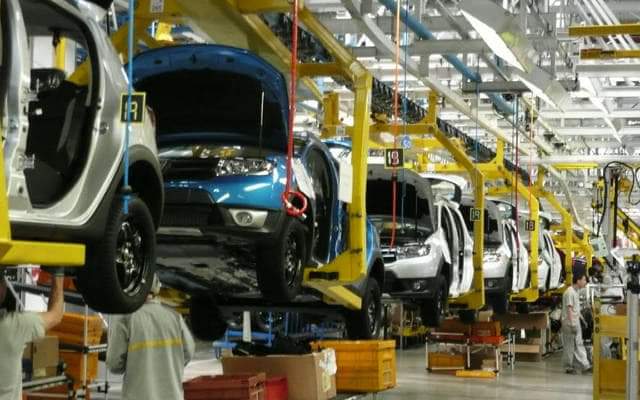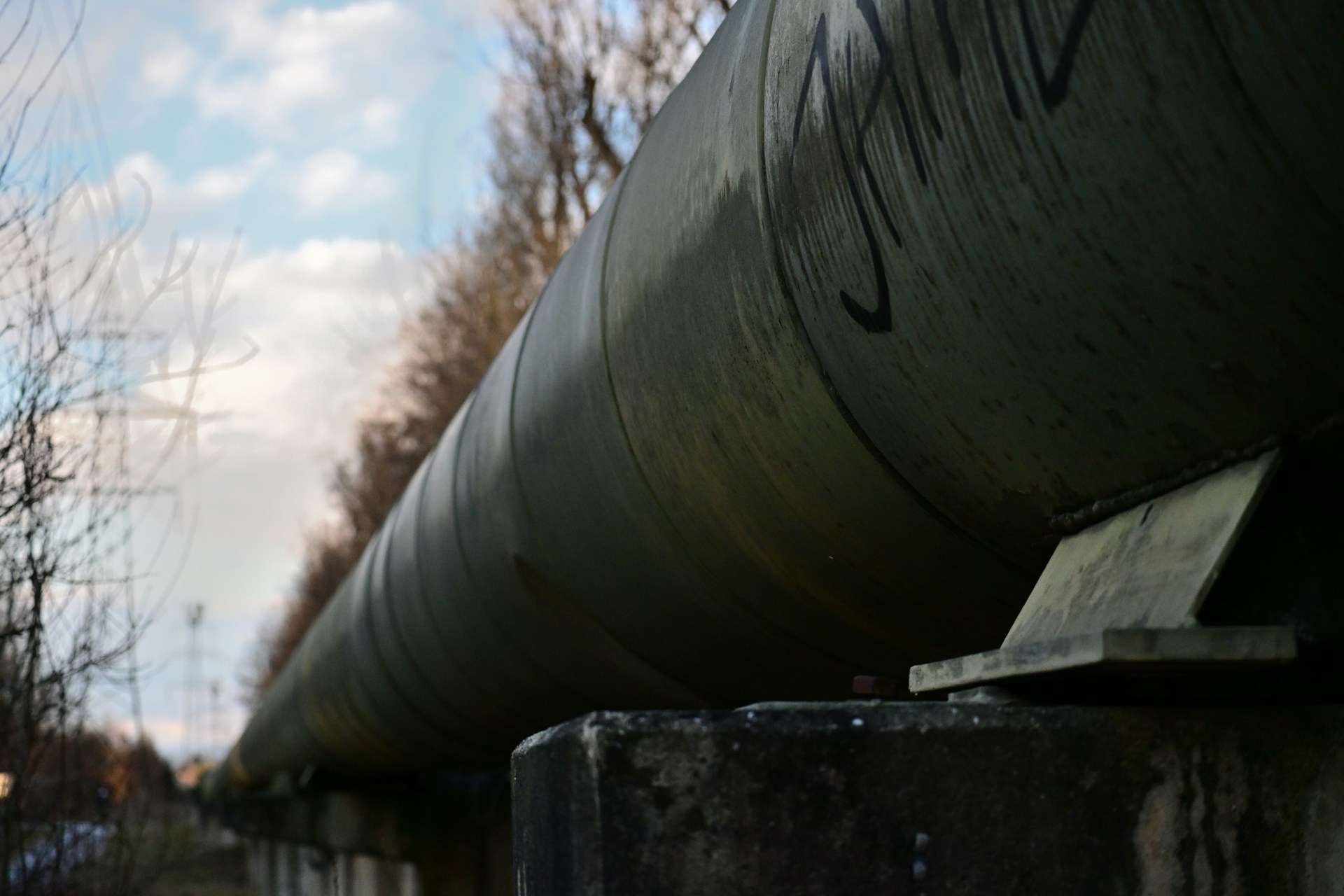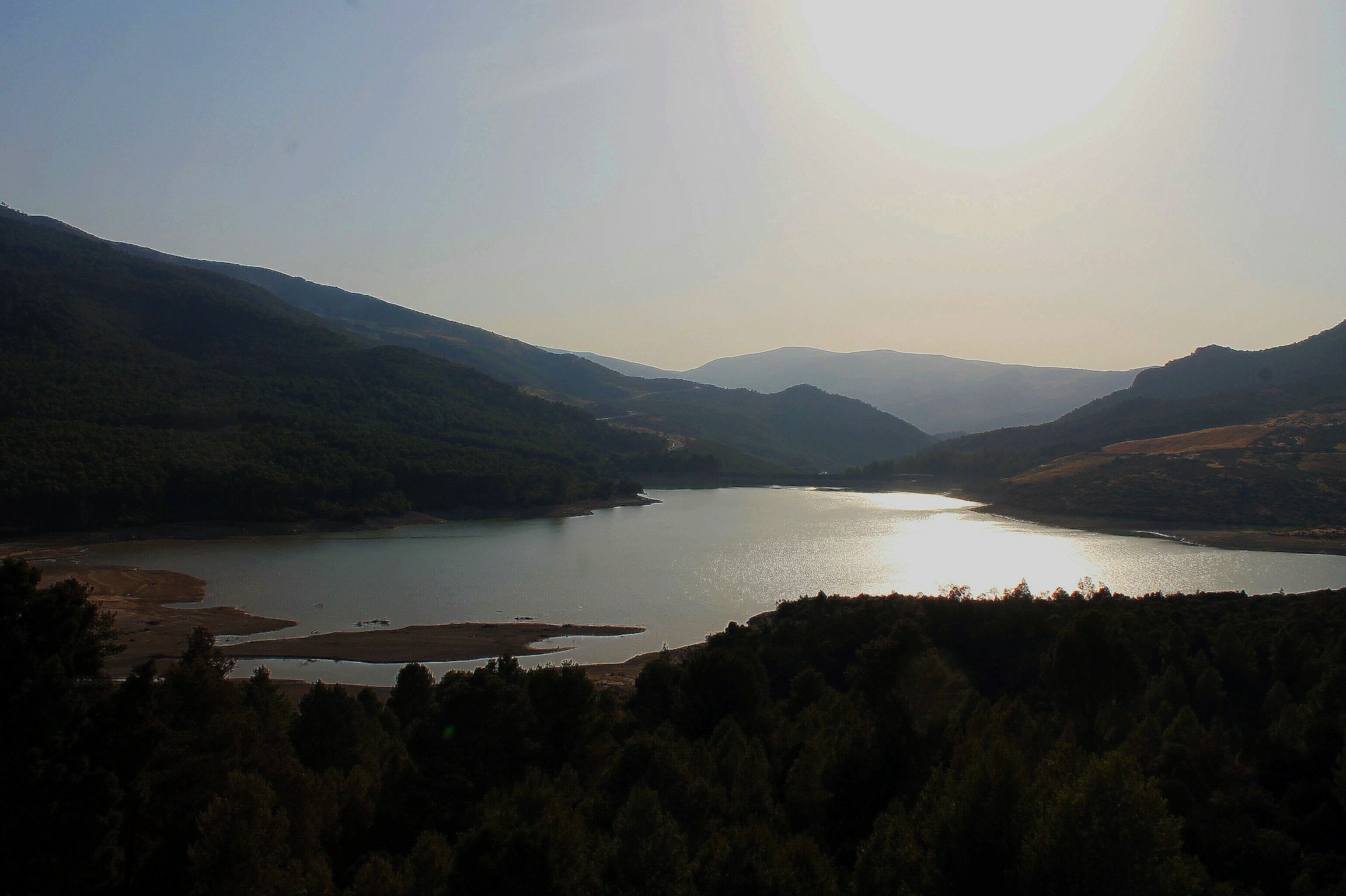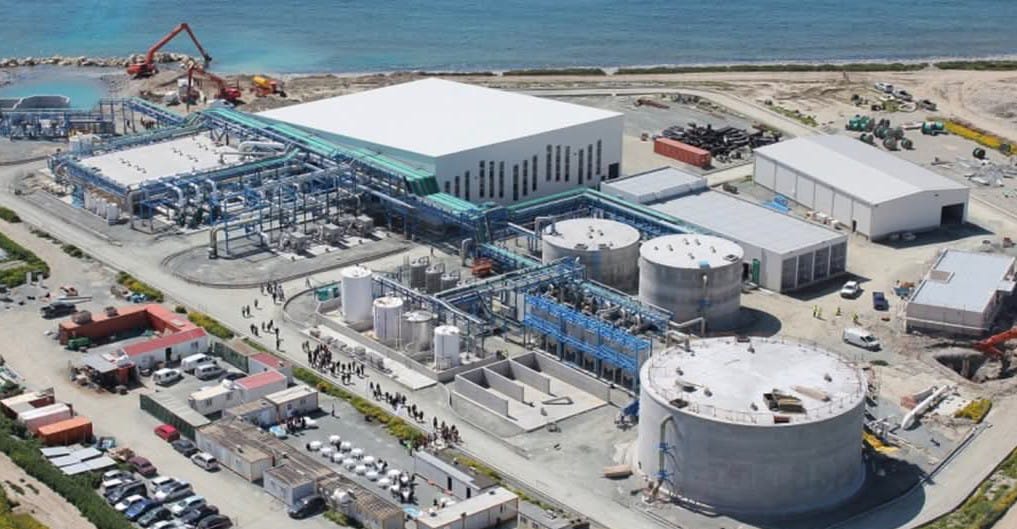Casablanca – Morocco has taken a major step forward in its renewable energy strategy by activating $648 million in state-backed loans to finance two landmark solar projects—Noor Midelt I and Noor Midelt II. These loans, provided by Germany’s KfW Development Bank, are now officially guaranteed by the Moroccan state following the publication of two decrees in the Official Bulletin earlier this month.
The funds are split evenly: $324 million for each project. Both loans were finalized on May 20, 2025, in agreements between the Kingdom of Morocco and KfW. This financial commitment underscores Morocco’s determination to position itself as a leader in hybrid solar technologies and to meet its goal of producing more than 52% of its electricity from renewable sources by 2030.
What is KfW?
KfW (Kreditanstalt für Wiederaufbau) is a German state-owned development bank, created in 1948. It is 80% owned by the federal government and 20% by the federal states (Länder). The bank plays a pivotal role in global development financing, particularly in climate and energy projects. In 2023, KfW mobilized close to $121 billion in development funding worldwide. With around 8,400 employees and a presence in over 80 countries, KfW channels German federal aid to partner countries, including Morocco, through its development arm, KfW Development Bank.
In Morocco, KfW is already a key financial partner. Its current investment portfolio in the country exceeds $4.4 billion and includes projects in renewable energy, water management, sanitation, green hydrogen, and private sector development.
Noor Midelt: A flagship renewable energy project
Noor Midelt is one of the most ambitious solar initiatives on the African continent. Located near the town of Midelt in the central Moroccan highlands, the complex will eventually consist of several hybrid solar plants combining photovoltaic (PV) and concentrated solar power (CSP) technologies. Unlike traditional solar plants, these hybrid systems include energy storage, allowing for electricity production even after sunset.
Noor Midelt I will have an installed capacity of around 800 megawatts. It will feature photovoltaic panels paired with battery energy storage systems that allow at least five hours of energy retention. This design ensures that electricity can be delivered even during evening peak demand hours, improving the stability and reliability of the national grid.
Noor Midelt II, which will complement the first plant, will produce about 400 megawatts and include a battery storage system capable of providing two hours of additional supply. Both projects are part of the Moroccan Agency for Sustainable Energy’s (MASEN) long-term strategy to harness the country’s abundant solar resources.
International partnerships and delays
The Noor Midelt I project is being developed by a consortium that includes France’s EDF Renewables, the UAE’s Masdar, and Morocco’s Green of Africa. This team was selected in 2019 through a competitive international tender launched by MASEN. The project was originally scheduled to progress more rapidly, but experienced delays due to the COVID-19 pandemic and later due to renegotiations related to market conditions and technological upgrades.
Noor Midelt II has followed a separate development path. After announcing a shortlist of prequalified companies in mid-2023, MASEN officially launched the tendering process in April 2024 to select a private partner under an Independent Power Producer (IPP) model. This will involve private financing, construction, and long-term operation.
MASEN has also initiated the process to develop Noor Midelt III, expected to include another 400 megawatts of photovoltaic capacity and an equivalent storage system. When completed, the entire Noor Midelt complex is projected to reach a total capacity of approximately 1,600 megawatts, making it one of the largest solar generation and storage hubs in the world.
Strategic importance
The Noor Midelt projects reflect Morocco’s growing leadership in climate-resilient energy infrastructure. By integrating thermal and battery storage, these solar plants overcome one of the major limitations of renewables: intermittency. This allows for stable, dispatchable electricity that can better meet the country’s demand curves and reduce dependence on fossil fuels.
Morocco’s broader energy vision is aligned with its National Energy Strategy, launched in 2009, which prioritizes solar, wind, and hydroelectric development. With international support from institutions like KfW, the World Bank, the African Development Bank, and others, the country continues to attract significant investments into its renewable sector.
The $648 million in loans from Germany’s KfW Bank, now guaranteed by the Moroccan government, mark a critical financial milestone for the Noor Midelt I and II projects. These hybrid solar installations are expected to play a vital role in achieving Morocco’s energy transition goals, while setting a new international benchmark for large-scale, storage-enabled solar power.
As construction advances and more phases are initiated, the Noor Midelt complex promises to position Morocco not just as a regional renewable energy leader—but as a model for other countries aiming to blend environmental sustainability with energy security and economic development.
